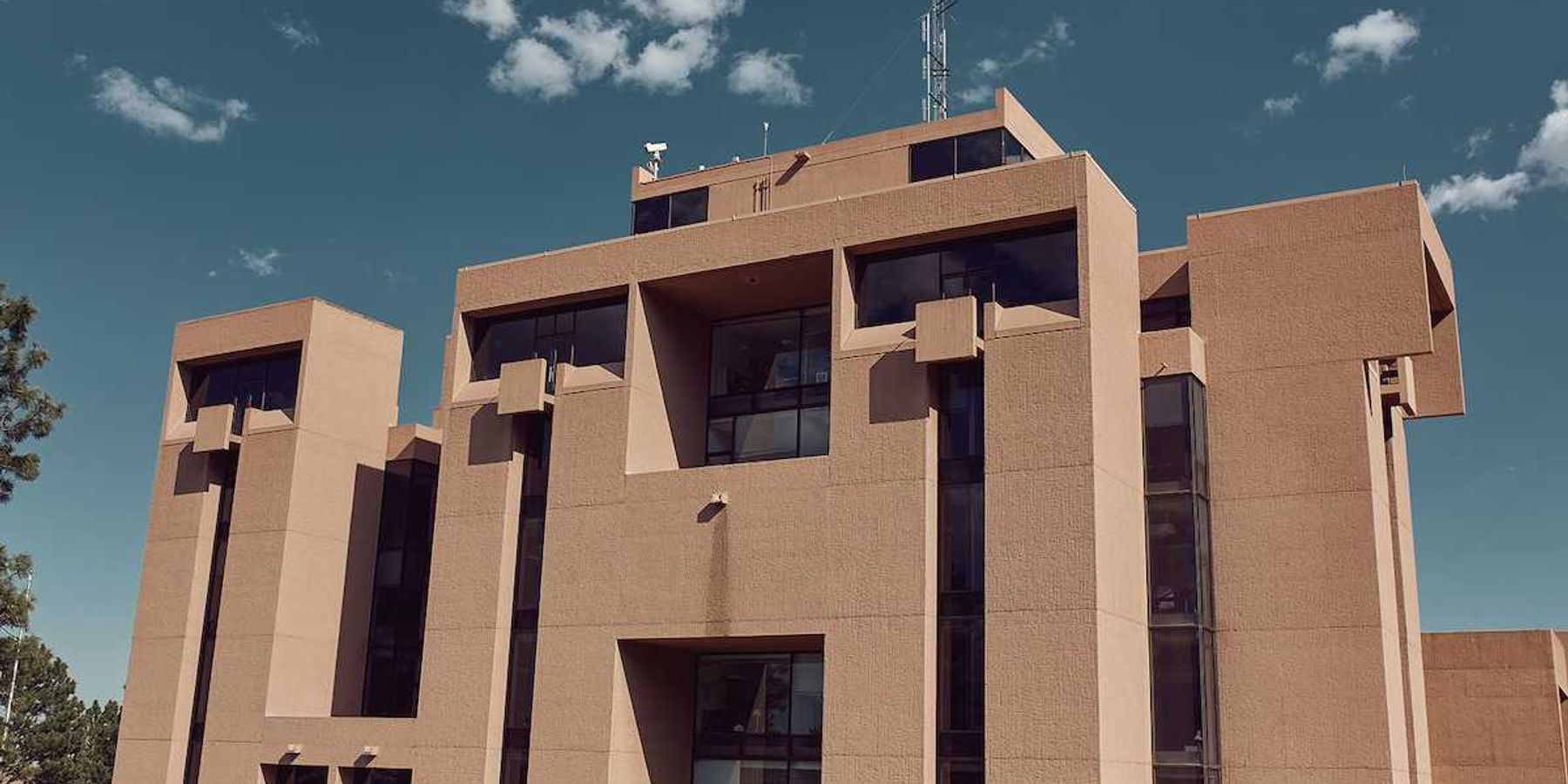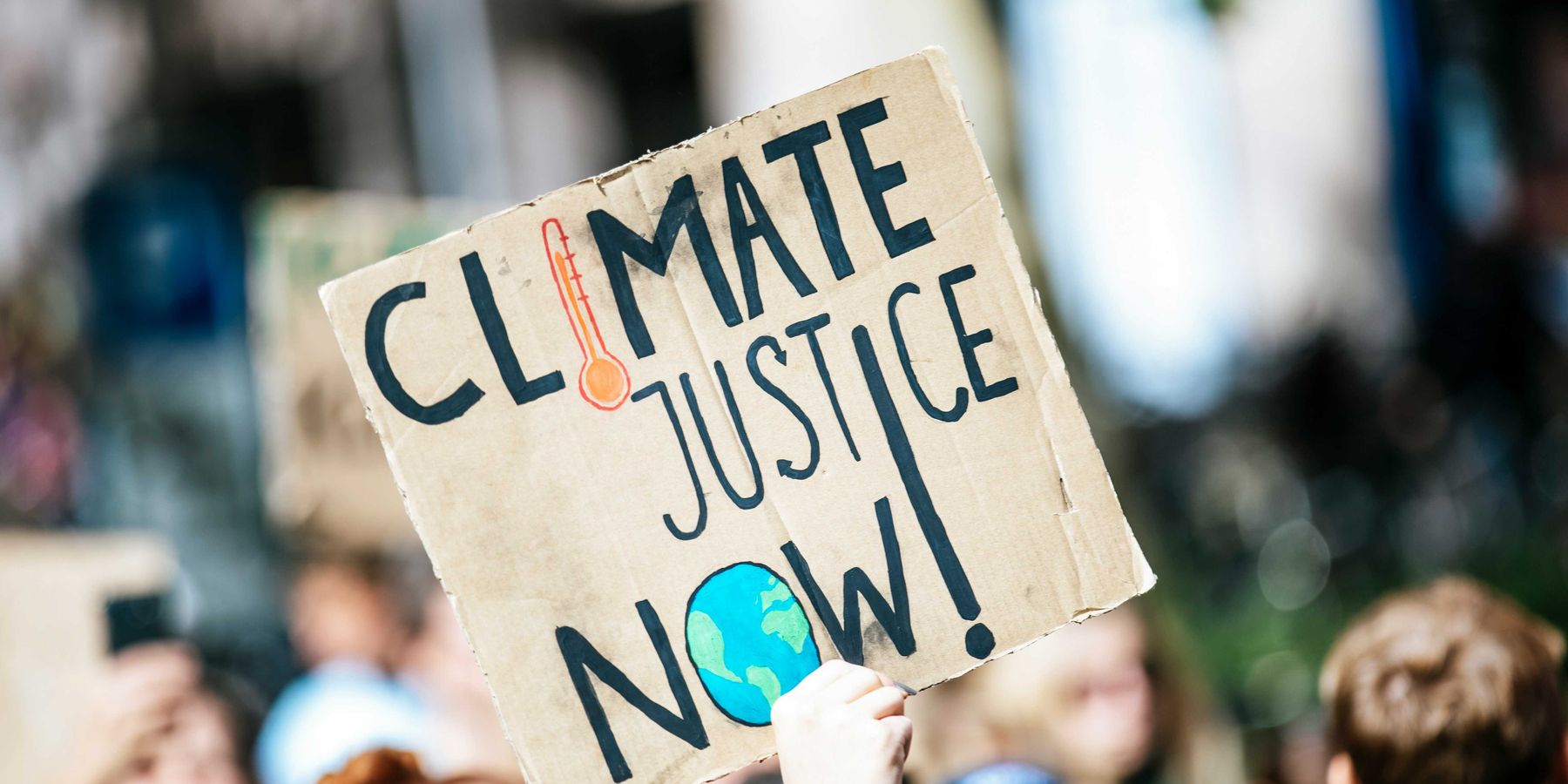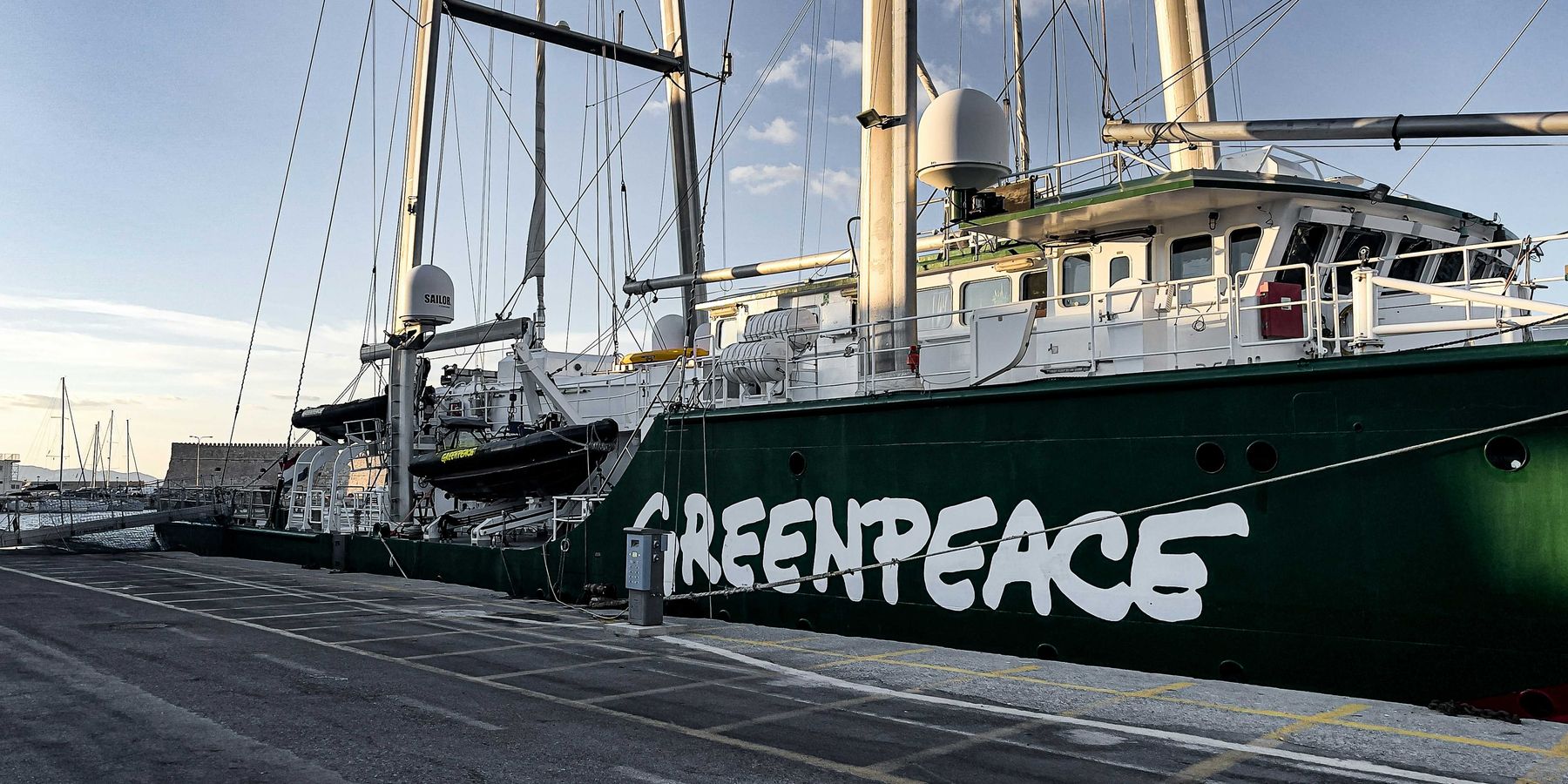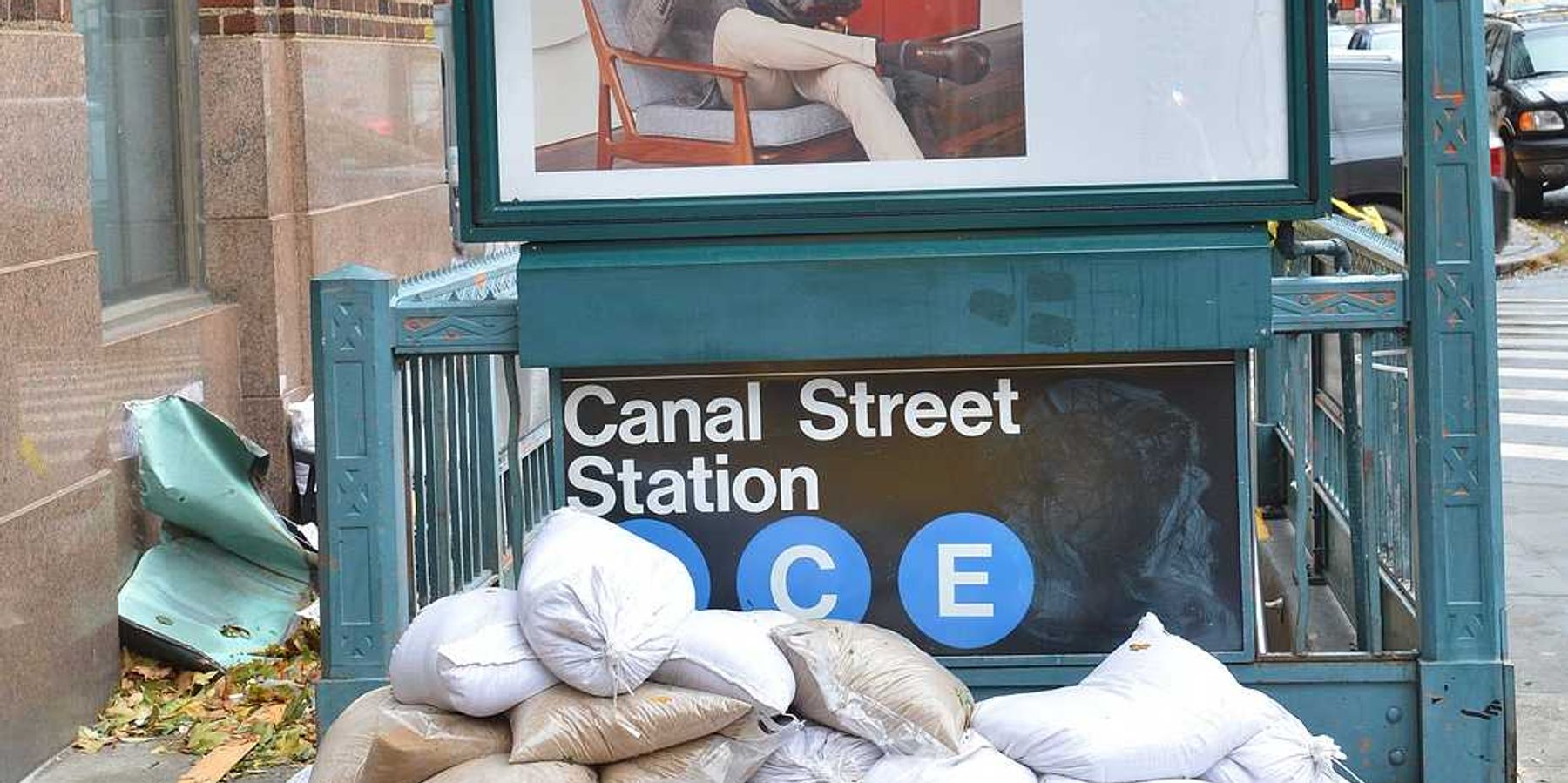Philippines' climate-resilient city faces hurdles of equity and sustainability
New Clark City, a $2.5 billion development north of Manila, aims to be a climate-proof metropolis but faces concerns over displaced Indigenous communities, economic inequality and dependence on fossil fuels.
Maggie Wang reports for Grist.
In short:
- New Clark City is designed to be a backup capital, built inland to avoid flooding and typhoons that threaten Manila.
- Critics argue the project may displace and 65,000 people — including 18,000 Indigenous Ayta people — without proper compensation or consent.
- Despite sustainability claims, the city may struggle with limited affordable housing and reliance on fossil fuels.
Key quote:
“When you start building a new community, you alter the topography of the area, and therefore you also alter the way water flows.”
— Harold Aquino, civil engineer and disaster resilience researchers at Massey University of New Zealand
Why this matters:
Climate-resilient cities could protect vulnerable populations, but without inclusive planning, they risk deepening social inequalities and environmental harm. New Clark City is looking to find a balance between infrastructure resilience, cultural preservation and economic accessibility to serve all residents, not just the affluent.
Related: Philippines calls for action on climate justice as disasters intensify













